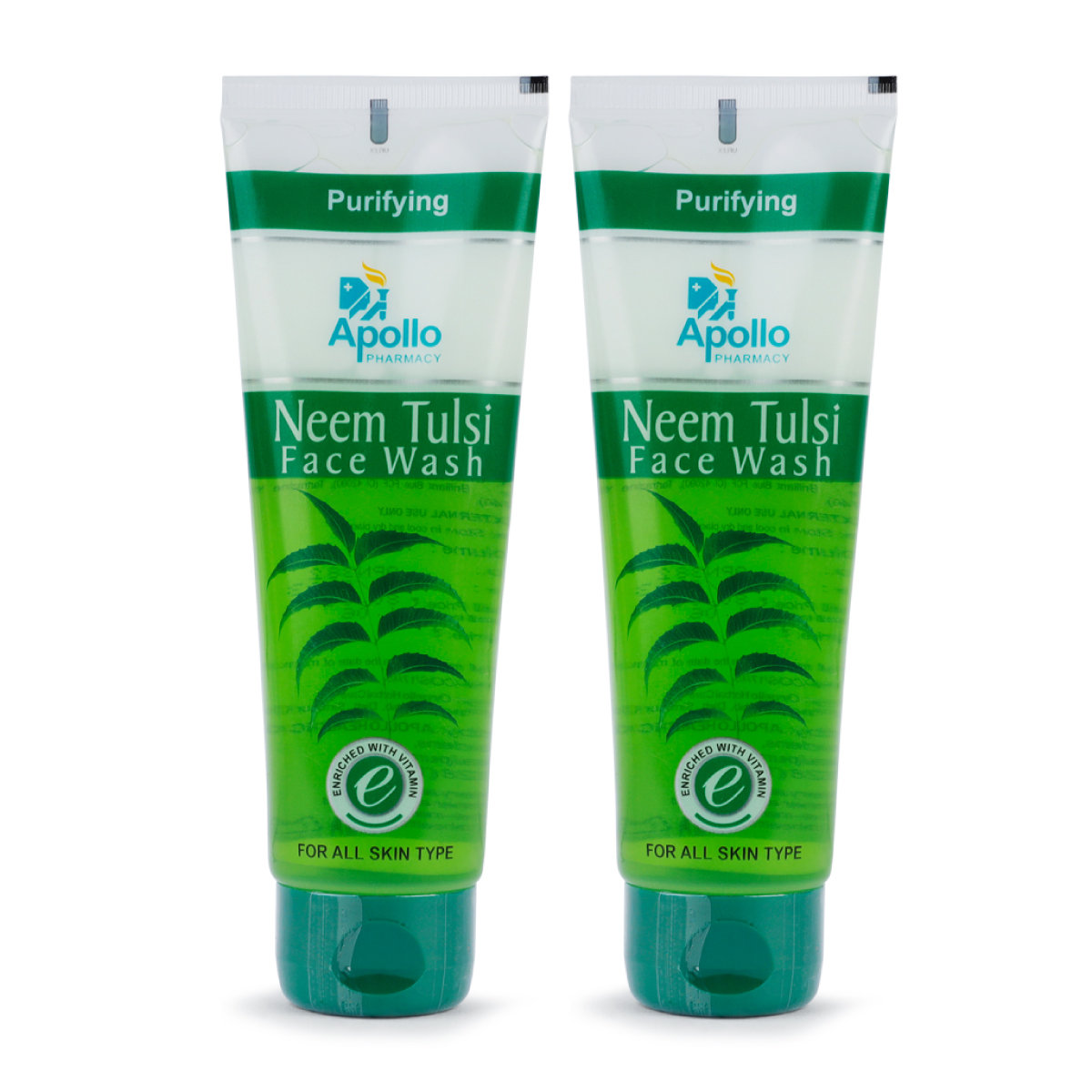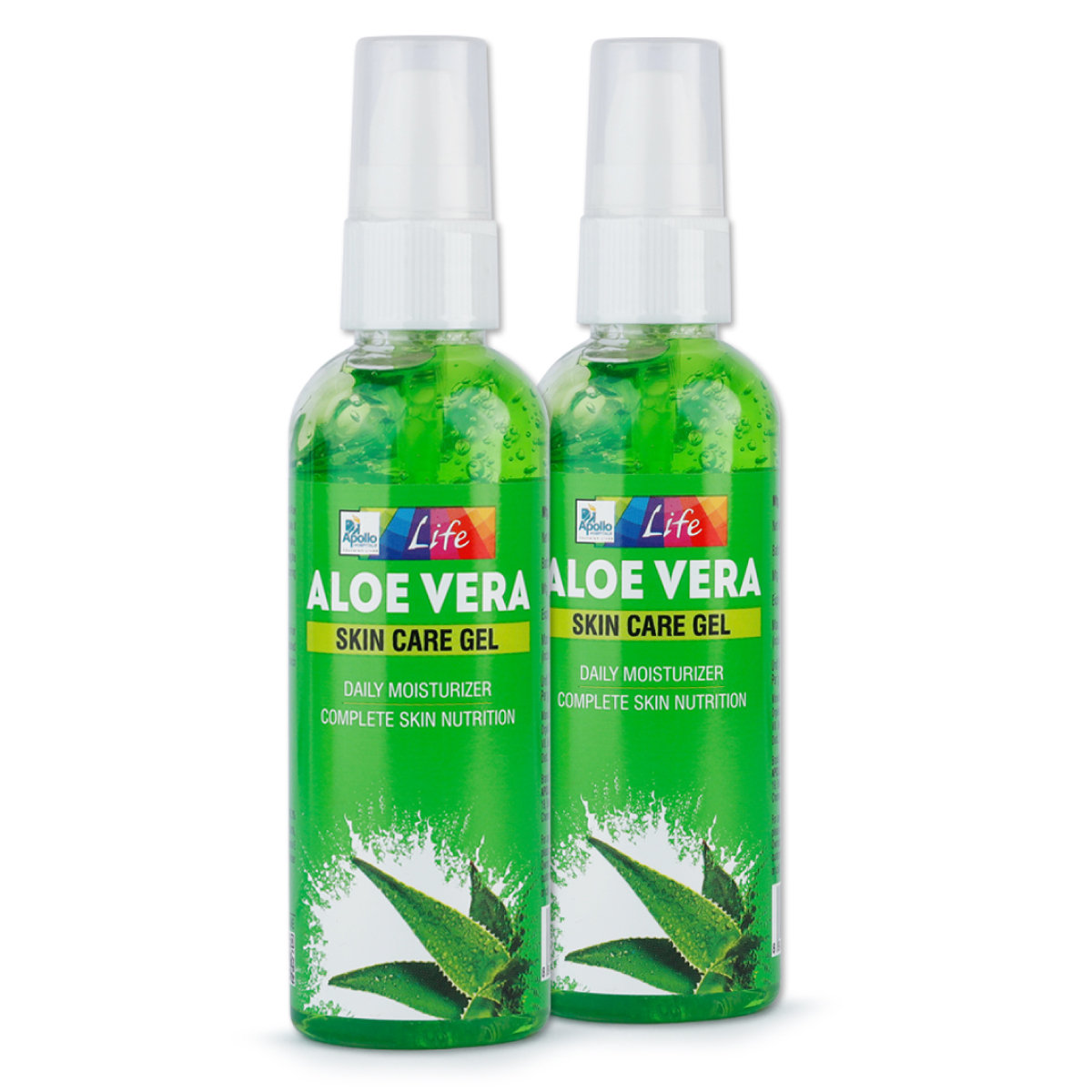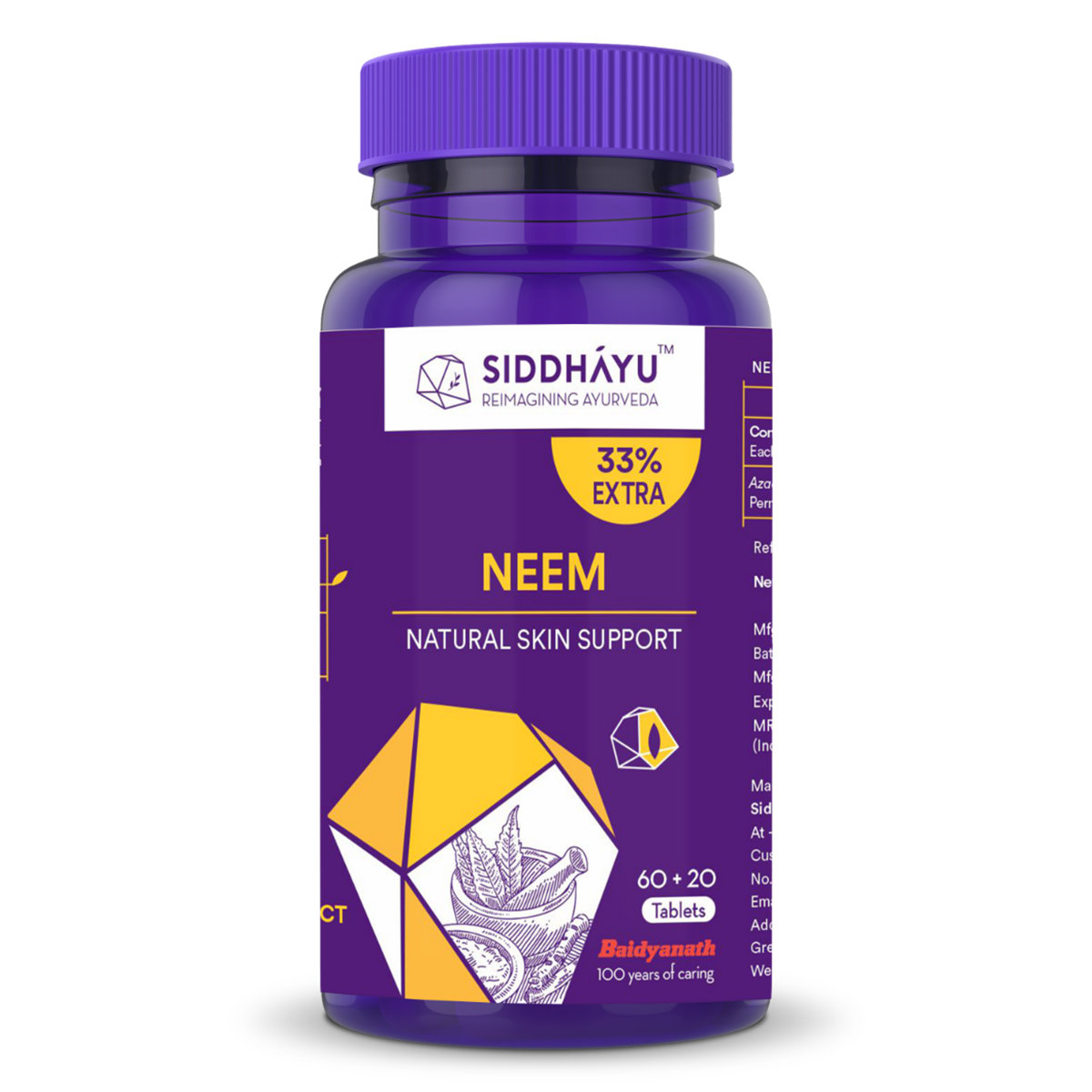Thromboscar Gel
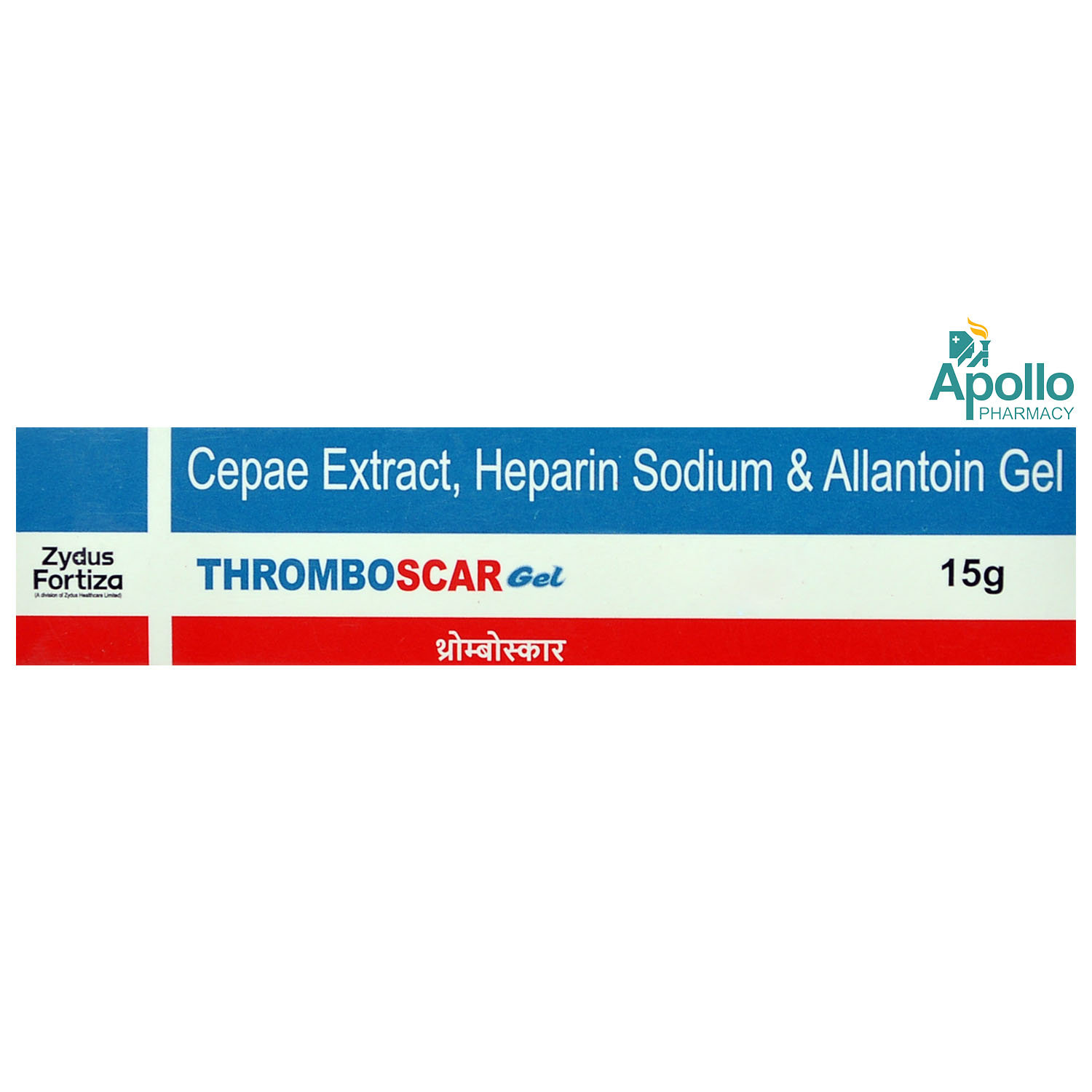

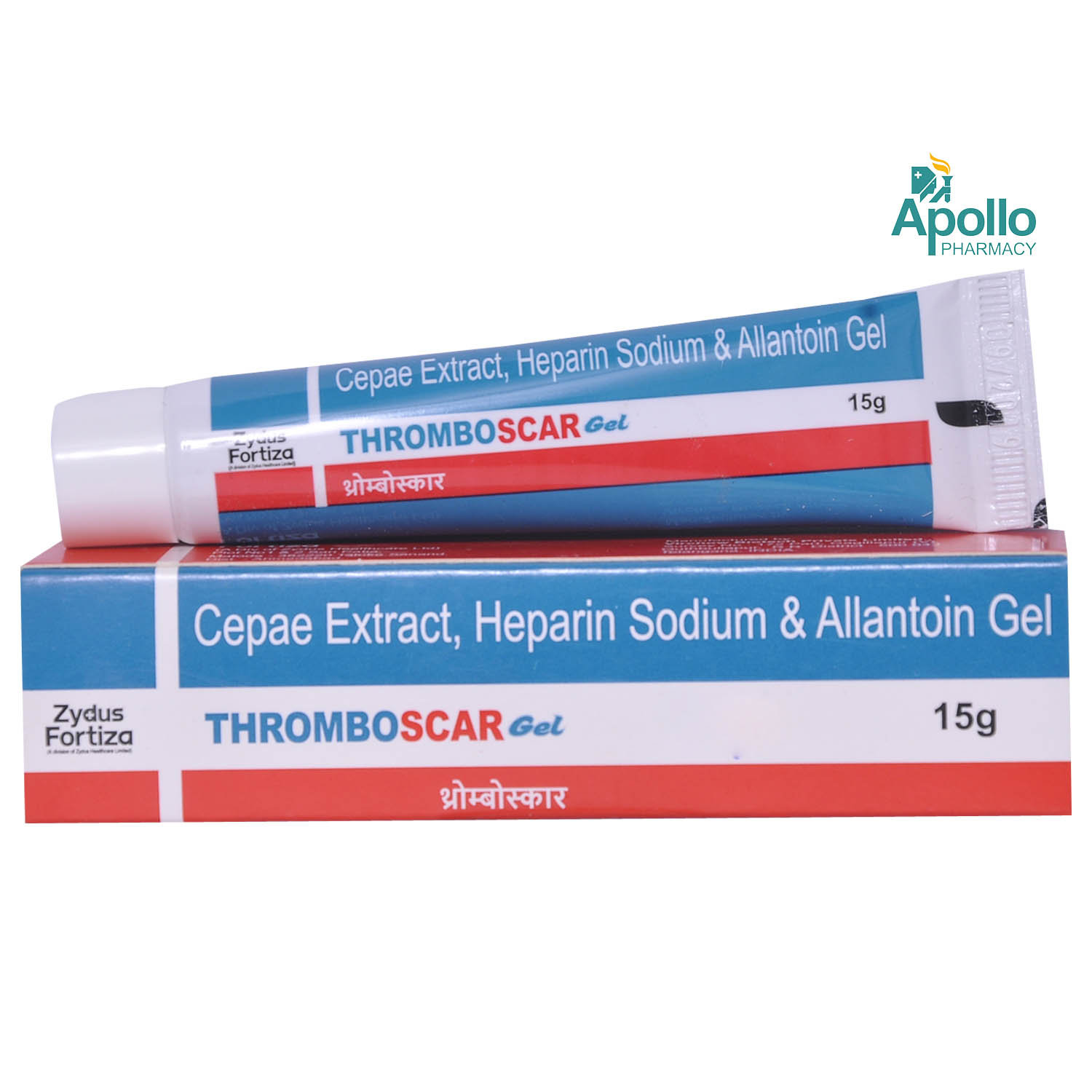
MRP ₹370
(Inclusive of all Taxes)
₹55.5 Cashback (15%)
know your delivery time
Provide Delivery Location
Manufacturer/Marketer :
Consume Type :
Expires on or after :
Return Policy :

Secure Payment

Trusted by 8 Crore Indians

Genuine Products
Therapeutic Class
Country of origin
Manufacturer/Marketer address
Author Details
We provide you with authentic, trustworthy and relevant information
Disclaimer
Alcohol
Safe if prescribed
It is unknown if Thromboscar Gel interactions with alcohol. However, as a precaution, it is best not to consume or limit alcohol.
Pregnancy
Consult your doctor
Please consult the doctor. There is no sufficient and well-controlled research on pregnant women. Your doctor will only prescribe if the benefits outweigh the hazards.
Breast Feeding
Consult your doctor
Please consult the doctor. There is no sufficient and well-controlled research on nursing mothers. Your doctor will only prescribe if the benefits outweigh the hazards.
Driving
Safe if prescribed
Thromboscar Gel does not affect your ability to drive or operate machinery.
Liver
Consult your doctor
Thromboscar Gel is most likely safe for patients with liver problems. If you have any concerns regarding using Thromboscar Gel, please consult a doctor.
Kidney
Consult your doctor
Thromboscar Gel is most likely safe for patients with kidney problems. If you have any concerns regarding using Thromboscar Gel, please consult a doctor.
Children
Safe if prescribed
It is not recommended to use Thromboscar Gel in children under the age of one year.
About Thromboscar Gel
Thromboscar Gel belongs to the group of medications called 'dermatological agents' primarily indicated for managing scars from surgery, burns, stretch marks, acne, and breast amputations. The scar is a brown or pale pink patch of skin that marks the site where the skin has healed.
Thromboscar Gel is a combination medication containing Extractum Cepae Cepalin, Heparin and Allantoin. Extractum Cepae Cepalin is an anti-scar medicine that works by inhibiting the activity of a chemical (PGF beta-1) that is involved in the inflammation (swelling) and hypertrophic scarring process after injury. Heparin has anti-inflammatory properties. It aids in the retention of moisture in the scar tissue. Allantoin is a keratolytic agent that removes dead skin cells. It also has the effect of quickening wound healing and softening the skin. As a result, Thromboscar Gel effectively promotes healing and elasticity to hasten the fading process.
Thromboscar Gel should only be used externally. Use this medication for the recommended amount of time to get the best results. Itching, redness, and tingling sensations are common side effects of Thromboscar Gel. These side effects do not require medical attention and will fade with time. If these side effects persist for more than a week, you should seek medical attention.
If you are allergic to any of the contents of Thromboscar Gel, you should avoid using it. Open wounds, unhealed wounds, and mucous membranes (eyes, nose, mouth, and genital areas) should not be treated with a Thromboscar Gel. Pregnant and breastfeeding women should use Thromboscar Gel with caution. Thromboscar Gel should not be used in children under the age of one year. Do not use any other topical creams with Thromboscar Gel without your doctor's notice.
Uses of Thromboscar Gel
Medicinal Benefits Mweb
Key Benefits
Thromboscar Gel is used to treat several forms of scars after the wounds have healed. It is appropriate for those who have hypertrophic, keloid (thick scars that are higher than the skin's surface and occasionally a different colour than the surrounding skin), and visually disfiguring scars as a result of surgery, amputation, burns, or accidents. Thromboscar Gel contains Extractum Cepae Cepalin, Heparin and Allantoin. Extractum Cepae-Cepalin is an anti-scar medicine that works by inhibiting the activity of a chemical (PGF beta-1) that is involved in the inflammation (swelling) and hypertrophic scarring process after injury. Heparin has anti-inflammatory properties. It aids in the retention of moisture in the scar tissue. Allantoin is a keratolytic agent that removes dead skin cells. It also has the effect of quickening wound healing and softening the skin. As a result, Thromboscar Gel effectively promotes healing and elasticity to hasten the fading process.
Directions for Use
Side Effects of Thromboscar Gel
- Itching of the skin
- Erythema or redness
- Tingling sensations
Drug Warnings
Do not use Thromboscar Gel without the doctor's advice if you had a skin reaction or irritation to any medicine. Open wounds, unhealed wounds, and mucous membranes (eyes, nose, mouth, and genital areas) should not be treated with Thromboscar Gel. Avoid light therapy, sun lamps, intense massage, tanning beds, physical irritants and extreme cold while using Thromboscar Gel. Pregnant and breastfeeding women should use Thromboscar Gel with caution. Thromboscar Gel should not be used in children under the age of one year. Do not use any other topical creams with Thromboscar Gel without your doctor's notice. Do not cover the treated area with a bandage or dressing unless advised by the doctor.
Drug-Drug Interactions
Drug-Drug Interactions
Login/Sign Up
Drug-Food Interactions
Drug-Food Interactions
Login/Sign Up
Drug-Diseases Interactions
Drug-Diseases Interactions
Login/Sign Up
Habit Forming
Special Advise
- Avoid contact of Thromboscar Gel with your eyes, nose, or mouth. If contact occurs unintentionally, rinse it with water.
Diet & Lifestyle Advise
- Do not scratch or pick at the affected area to avoid infecting it.
- Avoid contact with harsh soaps, detergents, and rough materials.
- Sunlamps and tanning booths should be avoided.

Have a query?
Buy best Dermatology products by
Glenmark Pharmaceuticals Ltd
Sun Pharmaceutical Industries Ltd
Klm Laboratories Pvt Ltd
Cipla Ltd
Canixa Life Sciences Pvt Ltd
Abbott India Ltd
Ajanta Pharma Ltd
Intas Pharmaceuticals Ltd
Dr Reddy's Laboratories Ltd
East West Pharma India Pvt Ltd
Alkem Laboratories Ltd
Atopic laboratories Pvt Ltd
Hegde & Hegde Pharmaceutica Llp
Brinton Pharmaceuticals Ltd
Torrent Pharmaceuticals Ltd
Amwill Healthcare Pvt Ltd
Leeford Healthcare Ltd
Palsons Derma Pvt Ltd
Oaknet Healthcare Pvt Ltd
Med Manor Organics Pvt Ltd
Micro Labs Ltd
Dermocare Laboratories Gujarat Llp
Fixderma India Pvt Ltd
Apex Laboratories Pvt Ltd
Mankind Pharma Pvt Ltd
Ipca Laboratories Ltd
Yaher Pharma
Systopic Laboratories Pvt Ltd
Menarini India Pvt Ltd
Ethinext Pharma
Nemus Pharmaceuticals Pvt Ltd
Skinocean Pharmaceuticals
Dermacia Healthcare
Inex Medicaments Pvt Ltd
Lupin Ltd
GlaxoSmithKline Pharmaceuticals Ltd
Talent India Pvt Ltd
Zydus Cadila
Kivi Labs Ltd
Zydus Healthcare Ltd
Hbc Dermiza Healthcare Pvt Ltd
Mrhm Pharma Pvt Ltd
Regaliz Medicare Ltd
Sol Derma Pharmaceuticals Pvt Ltd
Newtrimed Healthcare Pvt Ltd
Wallace Pharmaceuticals Pvt Ltd
Eskon Pharma
Glowderma Lab Pvt Ltd
La Pristine Bioceuticals Pvt Ltd
Mohrish Pharmaceuticals Pvt Ltd
Percos India Pvt Ltd
Rockmed Pharma Pvt Ltd
Macleods Pharmaceuticals Ltd
Praise Pharma
Ethicare Remedies Pvt Ltd
Kaizen Drugs Pvt Ltd
Aurel Biolife
Rely On Pharmaceuticals
Wockhardt Ltd
Galcare Pharmaceuticals Pvt Ltd
Elder Pharmaceuticals Ltd
Indiabulls Pharmaceuticals Pvt Ltd
La Med Healthcare Pvt Ltd
Biocute Life Care
Yap Bioceuticals
Yash Pharma Laboratories Pvt Ltd
Zee Laboratories Ltd
Apple Therapeutics Pvt Ltd
Adonis Laboratories Pvt Ltd
Albatross Healthcare Pvt Ltd
Galderma India Pvt Ltd
Prism Life Sciences Ltd
FDC Ltd
Alniche Life Sciences Pvt Ltd
Salve Pharmaceuticals Pvt Ltd
West Coast Pharmaceuticals Pvt Ltd
Dermarex HealthCare India Pvt Ltd
Arka Vital Science Pvt Ltd
Dermajoint India
Gary Pharmaceuticals Pvt Ltd
Grace Derma Healthcare Pvt Ltd
Karlin Pharmaceuticals & Exports Pvt Ltd
Skinska Pharmaceutica Pvt Ltd
Uniza Healthcare Llp
Alembic Pharmaceuticals Ltd
Cadila Healthcare Ltd
Cadila Pharmaceuticals Ltd
Cosmofix Technovation Pvt Ltd
Human Pharmaceuticals
Indolands Pharma Pvt Ltd
Lyra Laboratories Pvt Ltd
Akumentis Healthcare Ltd
Entod Pharmaceuticals Ltd
Iceberg Health Care Pvt Ltd
Jenburkt Pharmaceuticals Ltd
P and P Dermaceuticals Pvt Ltd
Dabur India Ltd
Indchemie Health Specialities Pvt Ltd
Olcare Laboratories Pvt Ltd
Unison Pharmaceuticals Pvt Ltd
BODY CREAM
Body Lotion
Face Cream
Shampoo
Sun Screen
Face Gel
Soap
Face Wash
HAIR SOLUTION
Face Serum
BODY GEL
Hair Lotion
Hair Serum
Dusting Powder
ANTISEPTIC
FACE CLEANSER
Face Lotion
Body Wash
Body Spray
Eye Cream
FUNGAL INFECTION
Foot Cream
Conditioner
Eye Gel
Cleanser
Hair Cream
Hair Oil
Face Mask
Hair Gel
Sanitizer
Hair Spray
Moisturiser
Skin Ointment
Lip Balm
Capsule
Eye Serum
Intimate Wash
Specialty Supplements
Hand Cream
Facial Spray
SPECIALITY SUPPLEMENT
Face Toner
MEDICATED SHAMPOO
Tablet
Talcum Powder
BABY SUNSCREEN
Body Butter
Body Scrub
DIAPER RASH CREAM
EYE SOLUTION
FACIAL WIPE
Gargle
Hand Wash
Intimate Spray
Lip Serum
Lubricant Gel
MEDICATED CREAM
Nail Polish
VITAMIN D
Frequently Bought Together
Customers Also Bought


_0.jpg?tr=q-85)

